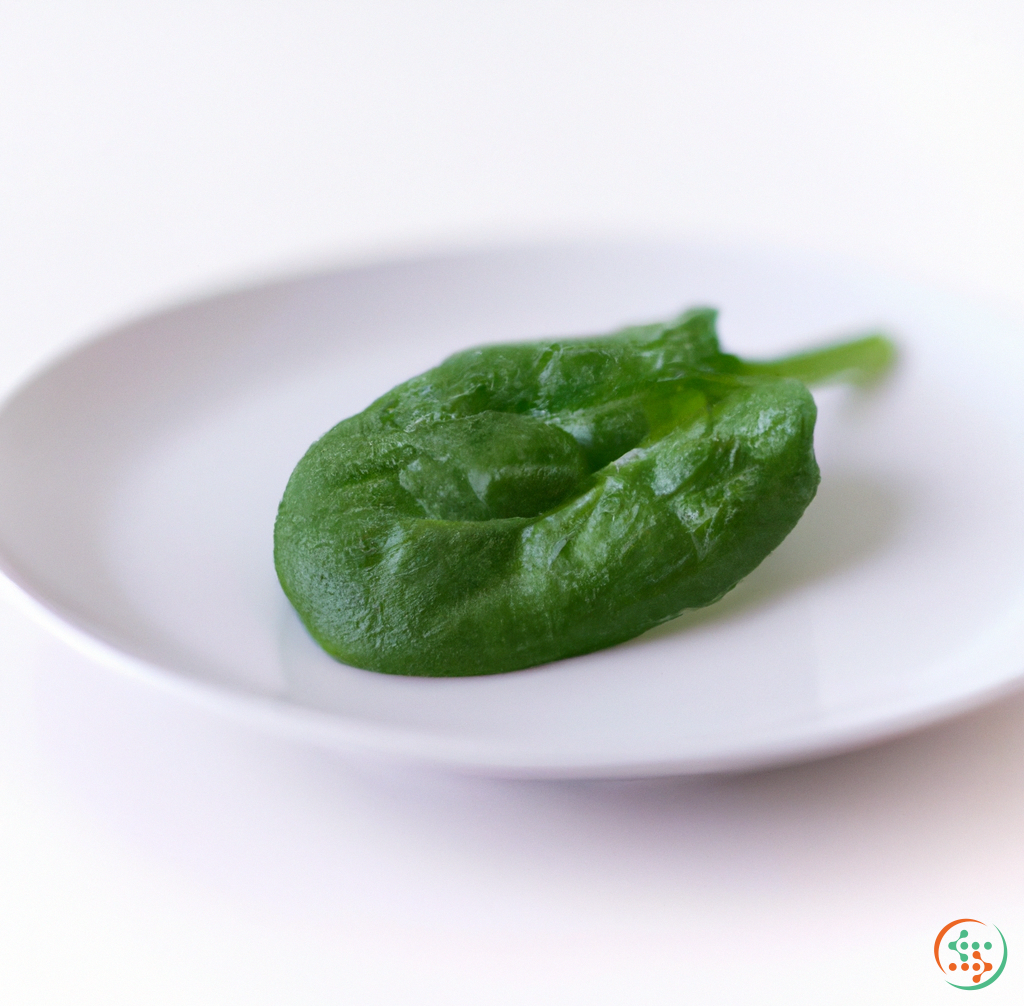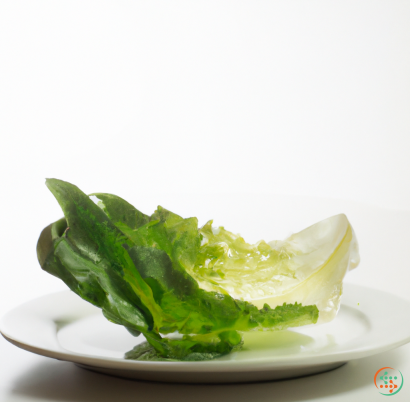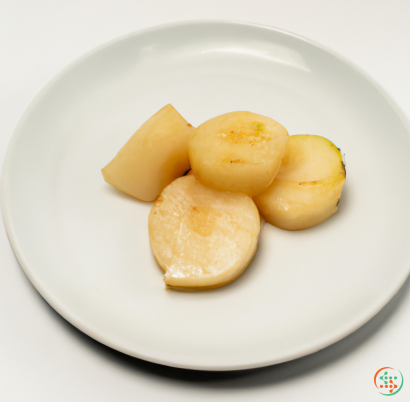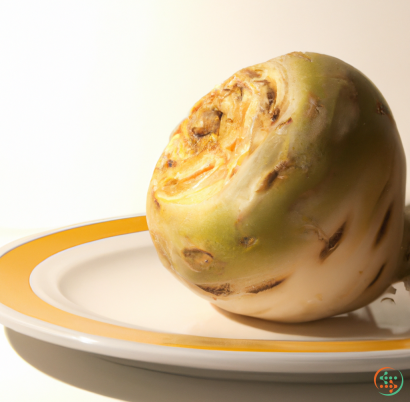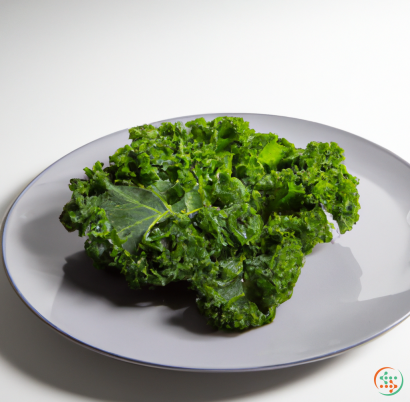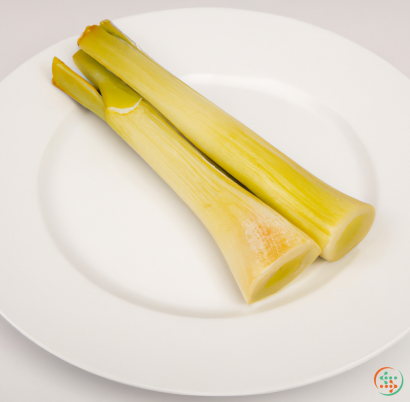Spinach
Spinach is a leafy green vegetable that is grown from spunky seeds. It has a mild flavor, with hints of salt and pepper, that makes it an ideal vegetable to incorporate into many meals. As it is often cooked down in most dishes, its texture is soft, even delicate in some cases, making it a popular choice with children and adults alike. Spinach is a nutrient-dense food; it is high in vitamins and minerals such as calcium, magnesium, iron and phosphorus, and is an excellent source of dietary fiber.
A member of the Amaranthaceae family, Spinach generally grows in spring and summer but can also be grown earlier in greenhouses. The plants have light green or purple stems and are crowned with decorative, large but tender leaves. The best way to identify spinach is by its unique crinkly leaves, which look “wrinkled” and are similar to those found in baby kale. The leaves contain small amounts of oxalic acid, which makes them slightly bitter when raw but gives them a sweeter flavour when cooked. There are many types of spinach, but the two most common varieties are flat-leaved and savoy.
Spinach is a very versatile vegetable, you can enjoy it in salads, grilled, sautéed, added to soups, stews and even omelettes. To get the best taste out of spinach, it’s important to cook it properly. Too long and the spinach will become wilted and mushy, while too short and the leaves can become hard and inedible. The best way to cook Spinach is to quickly sauté it in a pan with just a bit of oil. This way you preserve the majority of its nutrients and the flavour.
When buying Spinach, opt for organic, if possible. Non-organic spinach may contain residual pesticides, so it’s important to take extra care when washing your Spinach leaves. When possible, buy locally, to get the freshest Spinach and avoid decaying and slimy leaves.
When storing Spinach, remove it from its packaging and place it into a dry cloth or paper towel, and then put it into an airtight bag in the refrigerator. If you have fresh Spinach, use it up within a few days. If you have dried Spinach, either store it in an airtight container or in the refrigerator for up to a week.
There are many delicious ways to add Spinach to your daily diet. Spinach is an ideal accompaniment to eggs, salads, sandwiches and more. If you’re looking for an easy way to add more nutrition to your meals, why not try making Spinach pesto? Spinach pesto is a delicious and nutritious alternative to regular pesto, with no loss of flavour. Or why not try a new combination and add Spinach to your soups, casseroles and pasta dishes. There really is no limit to how you can add Spinach to your meals.
Spinach is a great way to add nutrition and flavour to your diet. Not only is Spinach low in calories, but it’s also high in vitamins and minerals. Plus, with its mild flavour, it can easily be added to a wide variety of recipes. Whether you’re looking to cook spinach fresh, or opt for a drier form, there are many ways to incorporate this delightful vegetable into your daily meals.
A Trip from Farm to Plate: Exploring the Creation of Spinach
Spinach is a leafy green vegetable that’s filled with vitamins and minerals, contributing to its title as a “superfood.” But where does this nutrition powerhouse get its start? From farm to plate, the creation of spinach follows a fascinating sequence of events. To understand the process better, it’s helpful to map out the journey a spinach plant takes throughout its life.
Starting From Seed
The entire journey begins with a tiny seed. Spinach seeds are incredibly small, and they come in packages containing anywhere from a couple hundred to thousands of seeds. Spinach seeds can be sown in soil indoors or directly in the ground. When harvesting spinach from seed packages, farmers will carefully distribute them evenly and evenly water them.
When planted in soil, the spinach seed needs to be in an area exposed to sunlight with adequate and consistent moisture. In about five days, the seed will germinate, which just means it sprouts a leaf or two. The seedling journey continues for about three to four weeks before the plants are ready for transplanting, which is when they can be moved to a designated, less dense area of the farm.
Before Transplant
The evolution of the spinach plant doesn’t end after planting the seed. During the pre-transplant period, farmers often use cover crops to cover the soil between their rows of spinach. This method takes steps to keep weeds at bay, and it also works to increase the soil’s rich, nutrient-filled content.
Farmers will oftentimes opt for leguminous cover crops, such as grasses and grains. Leguminous cover crops make it easier to introduce vital nutrients into the soil, and they’re effective at improving soil health. Additionally, farmers may turn to green manure, which is a general term that refers to any crop grown solely for the purpose of reintroducing organic matter back into the soil.
InTurning and Planting
When the spinach is ready for transplanting, farmers most often use a row crop planter or a greenhouse. The spinach will be transplanted in rows, and then softened or “firmed” with the planter. By softening or firming the ground around the seedlings, farmers can ensure the plants have access to the proper amount of water and that the area is free from air pockets that could inhibit the growth of the spinach.
After being transplanted, the spinach needs to begin maturing for about 45 days before it’s ready for harvesting. During this time, it’s incredibly important that the soil remain properly watered, weeded, and fertilized to ensure optimal growth. As the plant continues to mature and grow, farmers should also make sure to check for potential pests and diseases that could inhibit the growth of their spinach crop.
Harvesting
Once the 45-day mark is hit, the spinach should be ready for harvesting. During winter months, spinach is usually harvested two to three times. Warm weather brings in more harvests, which can act as an advantage to farmers since they can receive more income potential. In any case,hand harvesters are most often used to take the mature spinach from the soil and group into packets weighing between 25 and 50 kilograms.
Packaging
After harvesting the spinach, the next step is to package the leaves for market. This begins with washing the spinach in a sanitizing bath that not only cleans the leaves but also dismantles any bugs or other organisms that could be residing with the leaves.
Then, the spinach is carefully inspected for rot, stalks, and additional debris. After the inspection, the spinach is weighed and then packed in cardboard boxes that range from 5 to 9 kilograms. These boxes can be shipped to local supermarkets where they can be stocked and ready for customers to purchase.
Storing and Reaping
One of the most important components of a successful spinach crop is proper storage. Spinach should be cooled immediately, and farmers need to make sure the spinach is held at the right temperature. If it gets too cold, the spinach will freeze; if it gets too warm, it won’t be fresh. Additionally, spinach needs to be stored in the dark and should be accompanied by a light mist of water.
When spinach is freshly picked from the farm, it has a myriad of qualities that can’t be found in processed foods. The antioxidants, vItamins, and minerals are present, and it’s full of essential dietary fiber, iron, calcium, and potassium. What’s more, spinach is full of flavor and is incredibly versatile, lending itself to many dishes.
Plating the Spinach
When the spinach finally makes its way to your dinner plate, you should acknowledge the immense journey it took to get there. From the hard work of the farmer to the healthfulness of the plant, spinach has a remarkable history that’s both scientific and mesmerizing.
By understanding the journey from farm to plate, we can learn to appreciate the humble spinach even more. Its hidden power further demonstrates why we should eat more greens, as well as appreciate and support the local farmers in our communities. And as for the burger, why not add some fresh spinach for a delightful, vitamin-packed treat?
Hopefully, this blog post has unfolded an insightful journey from seed to plate. Spinach is a powerhouse of nutrients that helps us stay energized and healthy, and understanding its complex path helps us to appreciate its immense contribution to our diets. From the sowing of the seed to the flurry of farmers’ work to the nutrients that are embedded in its leaves, spinach offers a remarkable journey that’s both orally pleasing and scientifically fascinating.
| Vitamin A | 0.469 mg | |
| Beta-Carotene | 0.005626 grams | |
| Vitamin E | 0.00203 grams | |
| Vitamin K | 0.4829 mg | |
| Vitamin C | 0.0281 grams | |
| Vitamin B1 | 0.08 mg | |
| Vitamin B2 | 0.19 mg | |
| Vitamin B3 | 0.72 mg | |
| Vitamin B4 | 0.0193 grams | |
| Vitamin B5 | 0.07 mg | |
| Vitamin B6 | 0.2 mg | |
| Vitamin B9 | 0.194 mg |
| Calcium | 0.099 grams |
Daily Value 1.3 g
|
| Iron | 0.00271 grams |
Daily Value 0.018 g
|
| Magnesium | 0.079 grams |
Daily Value 0.4 g
|
| Phosphorus | 0.049 grams |
Daily Value 1.25 g
|
| Potassium | 0.558 grams |
Daily Value 4.7 g
|
| Sodium | 0.079 grams |
Daily Value 2.3 g
|
| Zinc | 0.53 mg |
Daily Value 0.011 g
|
| Copper | 0.13 mg |
Daily Value 0.9 mg
|
| Manganese | 0.9 mg |
Daily Value 0.0023 g
|
| Selenium | 0.001 mg |
Daily Value 0.055 mg
|
| Tryptophan | 0.039 grams | |
| Threonine | 0.122 grams | |
| Isoleucine | 0.147 grams | |
| Leucine | 0.223 grams | |
| Lysine | 0.174 grams | |
| Methionine | 0.053 grams | |
| Cystine | 0.035 grams | |
| Phenylalanine | 0.129 grams | |
| Tyrosine | 0.108 grams | |
| Valine | 0.161 grams | |
| Arginine | 0.162 grams | |
| Histidine | 0.064 grams | |
| Alanine | 0.142 grams | |
| Aspartic Acid | 0.24 grams | |
| Glutamic Acid | 0.343 grams | |
| Glycine | 0.134 grams | |
| Proline | 0.112 grams | |
| Serine | 0.104 grams |
| Galactose | 0.1 grams |
|
| Glucose | 0.11 grams |
|
| Fructose | 0.15 grams |
|
| Sucrose | 0.07 grams |
|
| Total Sugars | 0.4 grams |
per 100g
|
| Myristic acid (14:0) | 0.01 grams |
|
| Palmitic acid (16:0) | 0.05 grams |
|
| Total Saturated fatty acids: | 0.06 g | |
| Oleic acid (18:1) | 0.01 grams |
|
| Palmitoleic acid (16:1) | 0.01 grams |
|
| Total Monounsaturated fatty acids: | 0.02 g | |
| Linolenic acid (18:3) | 0.14 grams |
|
| Linoleic acid (18:2) | 0.03 grams |
|
| Total Polyunsaturated fatty acids: | 0.17 g | |
| Phytosterols | 0.01 grams |
|
| Total Sterols: | 0.01 g | |
